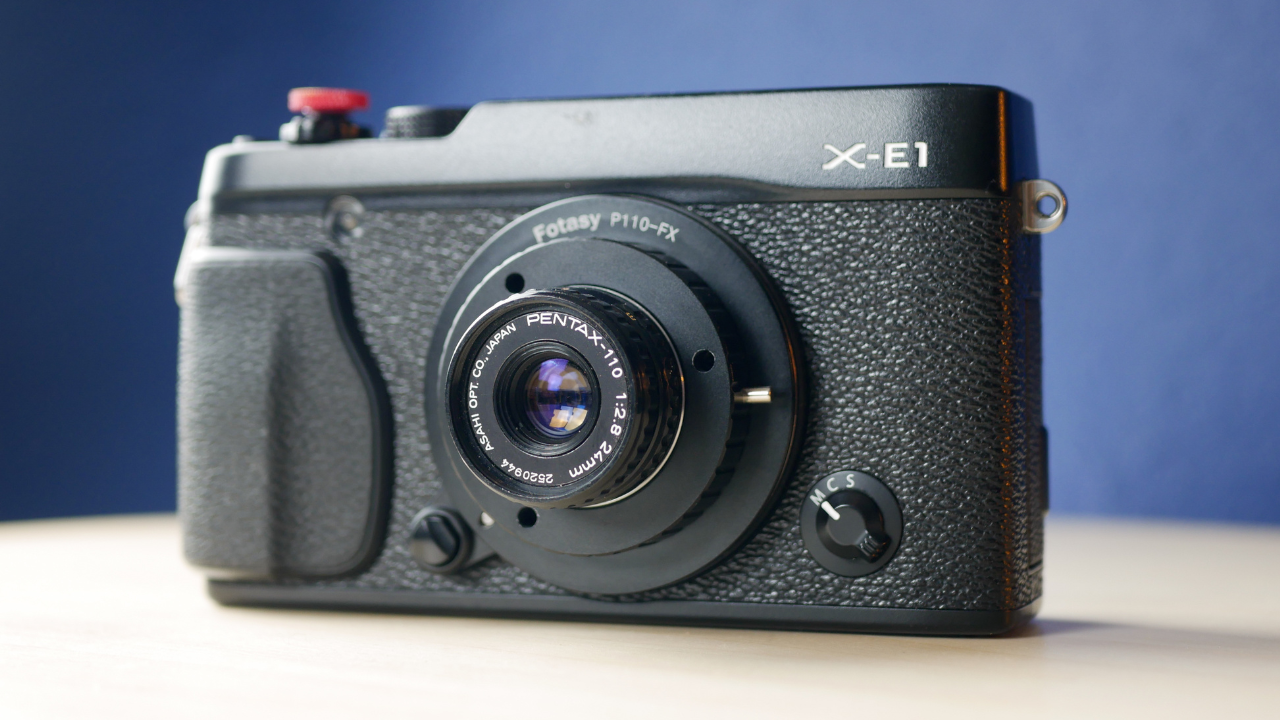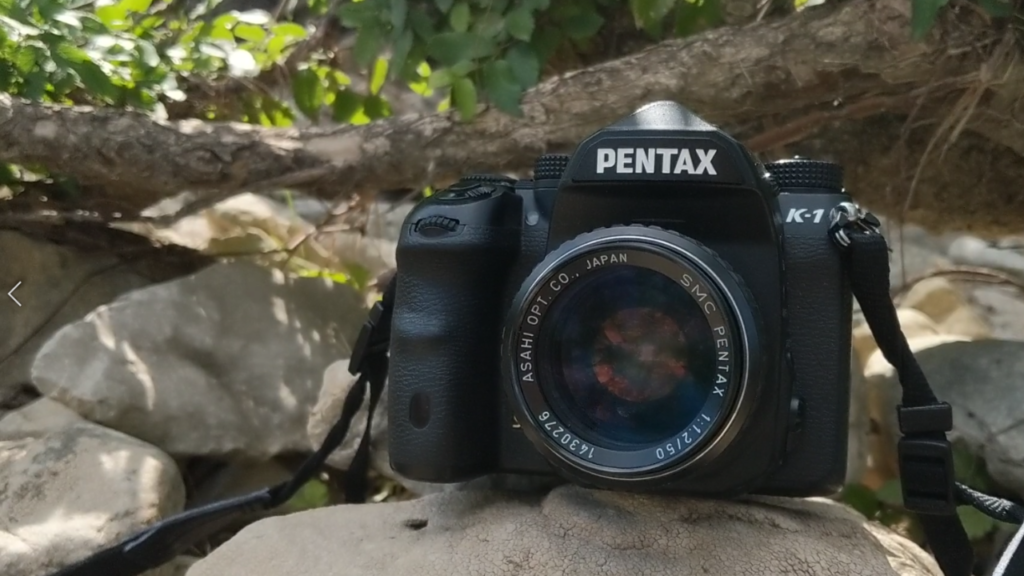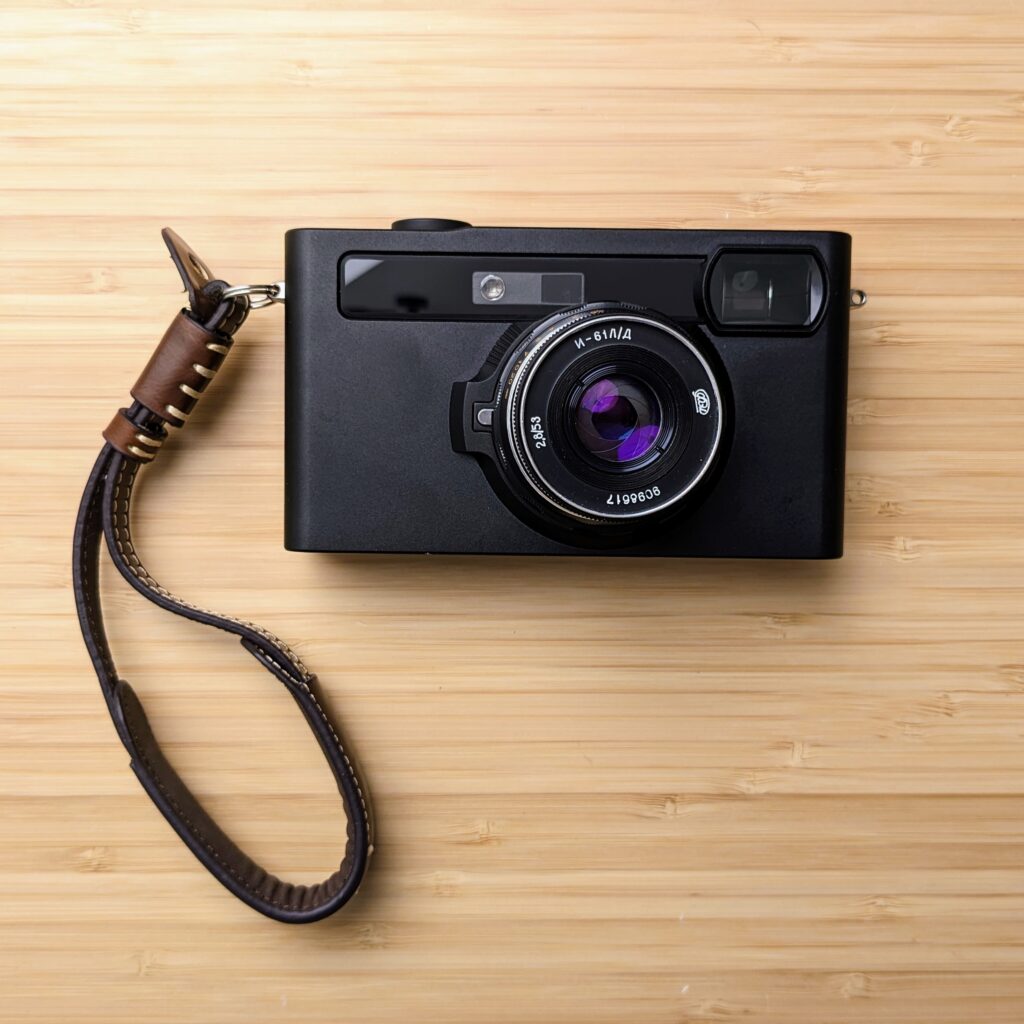We’re coming up quickly on the Fujifilm X-E1’s 10th birthday anniversary. It seems fitting then to revisit this second camera in the Fujifilm X system and see how it fares as a classic digital camera. Remarkably the camera has held onto a lot of its value over the years. This is in part to a revival in using older cameras, and the popularity of Fujfilm. While it may not be a budget camera, I think you’ll find it packs a lot of punch for the price you pay.
Why the Fujifilm X-E1?
The only other Fuji I’ve owned is the close relative of the X-E1, the Xpro-1, and while I really loved that camera I eventually sold it thinking I wasn’t getting the full use out of the cool hybrid viewfinder. And at the premium price people pay even today for that camera, it just didn’t seem worth it. But I always felt that there was something special about Fujifilm cameras and the experience of shooting with one.
The Fujifilm X-E1 is seen by many photographers as being the quintessential entry point for the Fujifilm X camera system. And depending who you ask, it’s not just because it’s relatively affordable (around $300 USD): it’s because of the special sensor.
I kept hearing about the magic of the original X-Trans sensor and was excited to check it out for myself. It’s only shared by three cameras, the XPro-1, the X-M1 and the X-E1. This limited run and knowing it shares the same sensor as the legendary XPro-1 does give it a feeling of exclusivity, but is that a good enough reason to buy one?
Original X-Trans sensor
I don’t have later X-Trans sensors to compare with, but others have and continue to debate on the topic of which is superior. I’ll stay out of it, but I will say the RAW files created from this first-generation X-Trans sensor are fantastic to work with. Plenty of retention in the shadows and highlights, and the colors naturally came out really nice, I especially thought so with the skin tones.
Files were full of detail as well. In 2012-2013 cameras were just starting to remove the anti-aliasing filter for better sharpness, and the X-Trans is no exception. By design, it doesn’t need one as a normal bayer sensor would. That extra bit of sharpness is noticeable on an otherwise already fantastic 16mp sensor.
But the JPEG profiles are what Fuji users have particularly come to love. Being the second camera in the Fuji X series the Fujifilm X-E1 has only a few JPEG files built-in, but you can also tweak some settings on top of the profile to your liking and essentially create your own. Now, I never was fully satisfied with these, so I opted to edit the RAW and choose the camera matching presets as a starting point. I think more time with the camera and I could’ve come up with a recipe I was happy with. They are definitely pretty cool looking.
Build and controls
The camera is compact and light, but still has a solid feel to it without feeling cheap. There’s a small grip, but given the size and weight it is adequate and comfortable enough. You probably wouldn’t mount a huge lens to this, but if you did I imagine it would be a little awkward. Even some of the slightly larger vintage lenses I used were enough wait to tip the camera frontward.
Because the camera is so compact, I was able to slip it in as a secondary camera in my already packed backpack while biking. I think this is something that gives overlooked with camera systems often. Here is an APS-C camera with an EVF that is almost as small as a M4/3 Olympus or Panasonic camera.
The controls are intuitive as is the menu system. My only gripe being that the exposure compensation dial on the top of the camera is really easy to accidentally bump. But I am a fan of having a dedicated compensation dial. This really helps for the way I like to photograph. So, I still count this as a win.
Fujifilm lens options
Fujifilm lenses have a great reputation, and I’d love to try one someday, but for the meantime I have the more budget friendly options. Brands such as TTArtisan make manual focus lenses for the Fuji X mount. I used the TTArtisan 35mm f1.4 and was a big fan. Getting a lens made for the mount will cut down on the size of bulky adapters.
And then you can of course adapt all sorts of vintage lenses to this mirrorless camera. I have absolutely loved using my Pentax Auto 110 lenses on the X-E1. They weren’t designed for a sensor this size, so there’s some optical flaws towards the edges, but loads of character and plenty sharp. Plus, you can fit the whole lens line up in one pocket. This obviously won’t work for all kinds of photography, but if you need to add a bit of enjoyment back into picture taking then these are worth consideration.
Is it worth the cost?
Right now the going right for a X-E1 is only $50 below the going rate for the X-E2, which offers loads of upgrades in both hardware, body, and software. At that point it’s hard not to say to just go for the X-E2. In the end, I don’t think it matters too much if you get the first generation X-trans or one of the later ones, but the X-E1 is undoubtedly a great entry point into the system. It represents a fantastic camera that will only get better with age, as they say. If you find one for a good deal, I wouldn’t hesitate to grab one.
Video review
I’ve summed up my thoughts in this video, including more detailed shots of the camera controls and sample photos taken with the camera. Enjoy!
Example photo gallery
Check out this Flickr gallery of photos I took with the Fujifilm X-E1. For those wanting RAW file samples, consider donating at buymeacoffee.com/snappiness for full access to all RAW files samples, exclusive videos and more.
Until next time, happy snappin’




